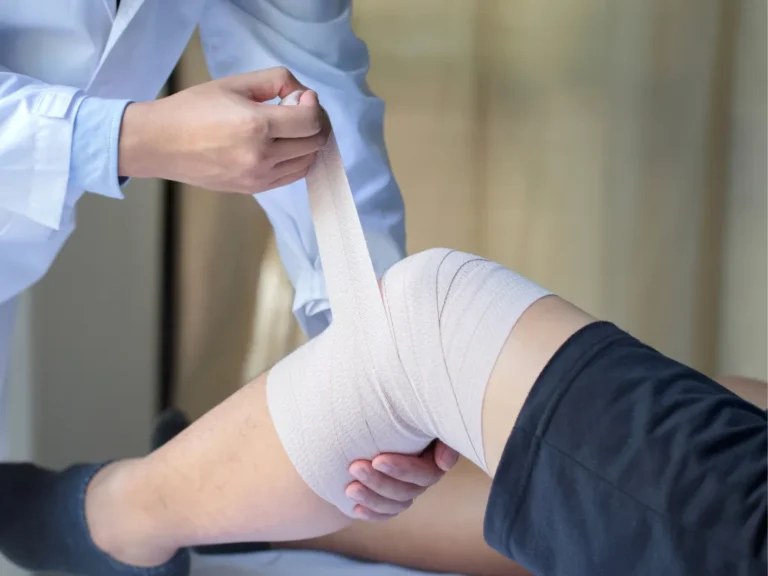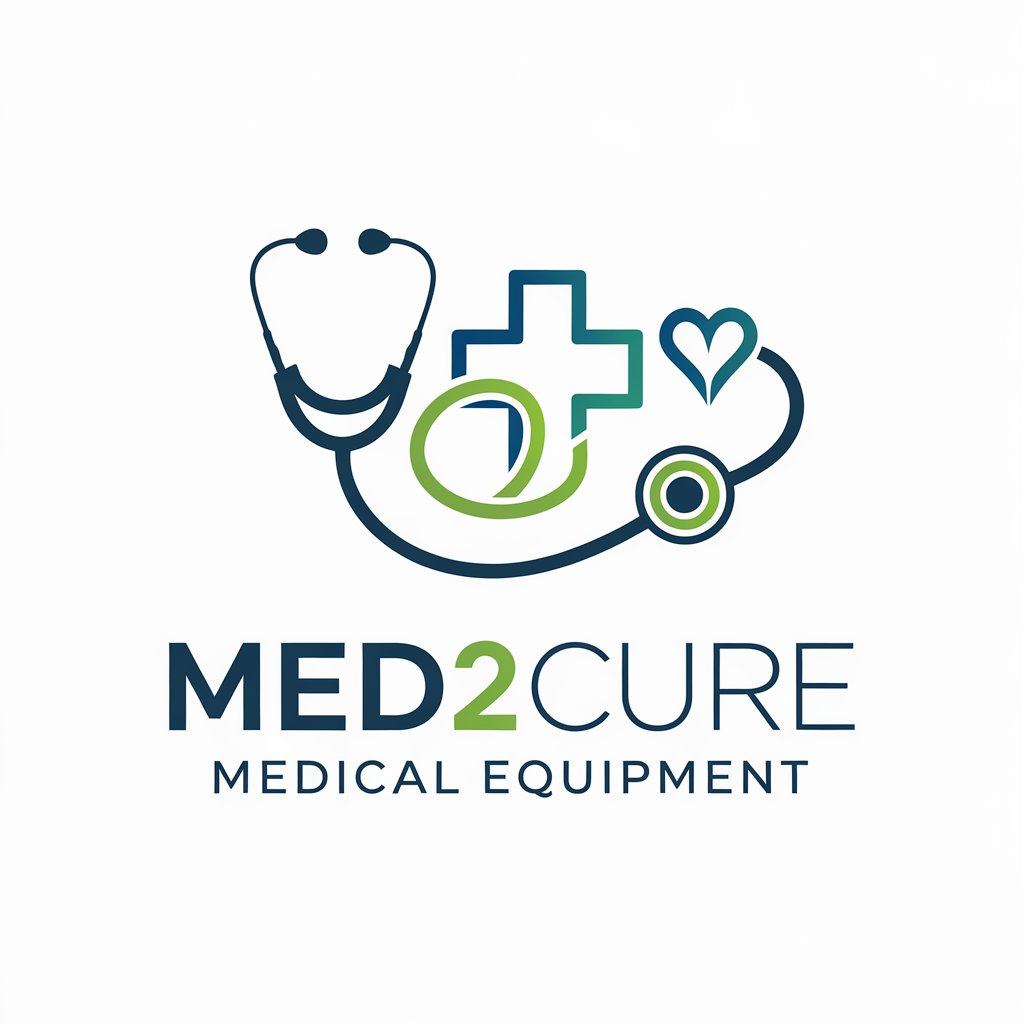How to Choose the Right Bandages for Different Medical Needs
When it comes to wound care, the right bandage can make all the difference between quick healing and prolonged discomfort. For niche markets—whether you’re catering to outdoor adventurers, athletes, medical professionals, or even pet owners—understanding the specific needs of your audience is crucial.
In this guide, we’ll break down how to choose the perfect bandage based on different medical situations, helping you make informed decisions for every unique scenario.
1. Understanding the Basics: Types of Bandages
Before diving into specific needs, it’s essential to understand the key types of bandages available:
Adhesive Bandages (Band-Aids): Ideal for small cuts, blisters, and abrasions.
Gauze Bandages: Perfect for larger wounds or those that require frequent dressing changes.
Elastomeric Bandages: Provide support for sprains, strains, or joint injuries.
Hydrocolloid Bandages: Great for moist wound healing, helping to speed up recovery.
Antiseptic-Infused Bandages: Designed to prevent infection in minor cuts and scrapes.
Specialty Bandages: For niche markets, such as waterproof bandages for swimmers or breathable bandages for athletes.

2. For Outdoor Adventurers and Survivalists
When exploring the great outdoors, your first aid kit needs to be robust and versatile.
Key Features to Look For:
Waterproof or water-resistant materials for wet conditions.
Durable adhesive that holds even in extreme temperatures.
Compact, all-in-one kits with gauze, antiseptic wipes, and various sizes of bandages.
Best Choices:
Tactical Bandages: Designed for rugged use with hemostatic properties.
Waterproof Adhesive Bandages: Perfect for treating blisters in wet environments.
3. For Athletes and Fitness Enthusiasts
In sports, injuries happen fast. The right bandage can help prevent further damage and support quick recovery.
Key Features to Look For:
High flexibility to move with the body.
Breathable fabrics to reduce the risk of skin irritation.
Strong adhesion that won’t peel off during intense activity.
Best Choices:
Kinesiology Tape: Provides support for muscles and joints without restricting movement.
Blister Bandages: Cushioned and friction-reducing to prevent blisters in sports shoes.

4. For Medical Professionals
In clinical settings, precision and hygiene are everything. Medical-grade bandages must meet strict standards.
Key Features to Look For:
Sterile packaging to prevent infections.
High absorbency for controlling bleeding.
Non-stick designs for easy removal without damaging new tissue.
Best Choices:
Hydrocolloid Dressings: Excellent for pressure ulcers and chronic wounds.
Sterile Gauze with Adhesive Borders: Versatile for various types of wounds.
5. For Pet Owners and Veterinary Use
Yes, even pets need bandages! Whether it’s a scraped paw or a surgical wound, pet-friendly bandages are a must.
Key Features to Look For:
Non-toxic materials safe for pets.
Flexible, soft fabrics that won’t irritate sensitive skin.
Adjustable closures for easy application.
Best Choices:
Vet Wrap: A self-adhesive bandage that sticks only to itself—great for pets.
Pet-Safe Antiseptic Bandages: Designed to prevent infections without harmful chemicals.

6. Common Mistakes to Avoid
Using the wrong size: A bandage that’s too small or too large can cause discomfort or fail to protect the wound properly.
Ignoring the material: Some adhesives can cause allergic reactions or irritate sensitive skin.
Reusing bandages: Always use sterile, single-use bandages for fresh wounds to prevent infection.
Final Thoughts
Choosing the right bandage isn’t just about grabbing what’s on sale at the pharmacy. It’s about understanding the specific needs of your environment—whether you’re scaling a mountain, scoring goals on the field, assisting patients, or caring for a furry friend.
By considering the factors above, you’ll be better equipped to select bandages that provide not just protection, but also comfort, support, and faster healing.
